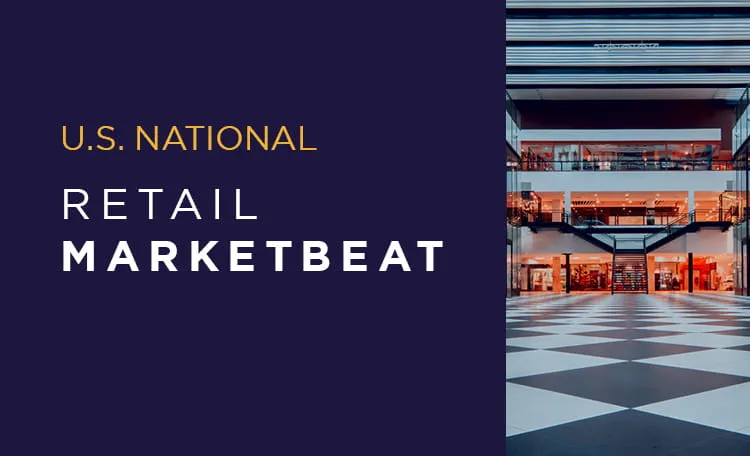For the data behind the commentary, download the full Q3 2025 U.S. Hospitality Report.
Q3 2025 Hospitality Key Trends
- RevPAR Varies by Chain Scale Segment: U.S. RevPAR fell 0.1% year-to-date (YTD) through September 2025, driven by modest ADR growth that was offset by occupancy reductions. RevPAR performance varied across chain scale segments, with luxury and upper upscale segments recording the strongest YTD gains at 2.9% and 0.4%, respectively. However, lower-tier segments experienced more pronounced RevPAR decreases.
- RevPAR Dips in Top Markets: In Q3, RevPAR figures declined on a year-over-year (YOY) basis in most top markets, with notable contractions in Houston (-25.1%), New Orleans (-13.5%), Las Vegas (-10.3%), and Washington DC (-8.5%).
- Operating Cost Growth: Growth in operating costs such as labor, insurance, utilities, and property taxes is outpacing RevPAR growth. This is creating margin compression for hospitality operators.
- Travel Impacts: Softer inbound international travel and stronger-than-expected outbound international travel have dampened leisure demand. Additionally, the ongoing government shutdown is beginning to affect key travel infrastructure. Disruptions for air traffic controllers and TSA agents may cause delays or deter travelers from flying altogether, adding uncertainty to leisure demand.
-
Investor Activity Muted: Hotel transaction activity has remained subdued through 2025. However, investor sentiment suggests a potential rebound in deal volume by 2026.
- Hotel REITs Draw Interest: Hotel REITs have become attractive acquisition targets due to the gap between public market valuations and net asset values. For example, SotherlyHotels is set to be acquired in 2026, and Braemar Hotels & Resorts is actively pursuing a sale.
For the data behind the commentary, download the full Q3 2025 U.S. Hospitality Report.





